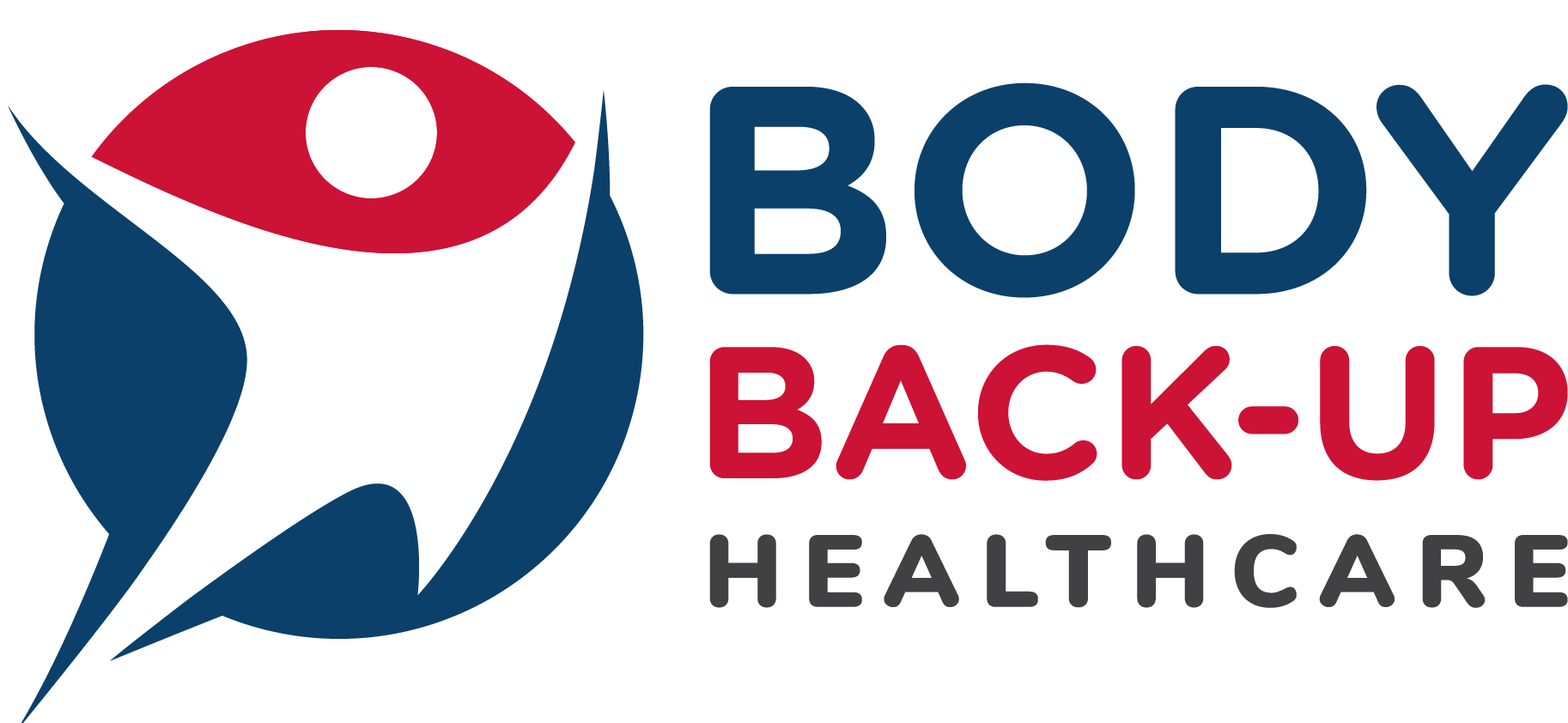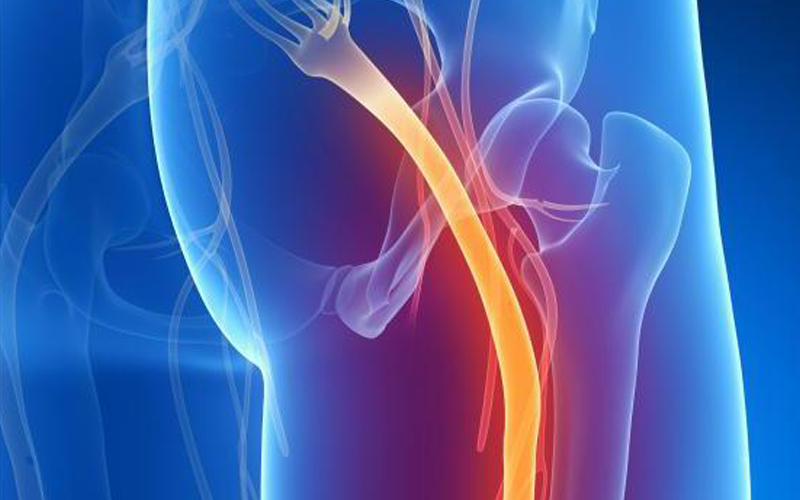
Why Now For My Back Pain?
Back pain affects ‘millions’ of people in the UK each year.
Some just suffer, whilst others simply don’t know what action to take. Many have tried their GP and may still not really understand the ‘nature’ of their problem. Deeper understanding between professionals and patients could help patients manage their problem better. Perhaps shortening their care pathway might help.
The question most commonly asked is “Why now”?
Lower Back pain often appears to occur “out of the blue”. I just “bent over” to “pick up something” and suddenly was ‘bent double!’ in worrying and agonising pain. The pain could be described as a ‘stabbing’ pain, at worst, or as a “deep dull ache” to others. How individuals react to and describe pain varies so much – Pain could be seen as a confusing factor in getting best help on some occasions.
To the ‘patient’, where the pain site is located is often appears to be the most important factor – “it hurts right here!” They will indicate repeatedly with their hand or finger.
However, a detailed Case History must be taken to inform the final evaluation and Diagnostic process. Before any answer can be given as to what the problem actually might be and why it might have occurred. Even with much consideration, the Diagnosis is a professional “opinion” rather than a ‘fact’.
Are you ‘an Accident’ waiting to happen’?
You may have a “pre-disposition” to a problem that presents with symptoms weeks, months or even years (after an unseen build-up). We call this the “pre-disposing factor.” In other words; perhaps you had past Back problems, when at school or playing sports, or at work. Poor postural habits might have contributed towards the problem you have now.
You may have had mild stiffness or slight discomfort in episodes from time to time, but they always resolved spontaneously.
Are you “your own worst enemy?”
Bad habit patterns – once spotted can inform hands-on treatment, advice and exercises. When Back Pain has persisted for a while, it is often termed “Chronic” – this term is frequently used inaccurately to describe back pain, as a way of saying the back pain is a cause of suffering.
“Maintaining factors” are the issues that concern why the problem hasn’t improved or resolved to date with or without any outside intervention – If simple rest and a few pain killers haven’t eased the pain over a few days; chances are the problem is more complex than it may appear.
Are there things being done on an everyday basis unconsciously or habitually that may be making the problem worse or at least not allowing it to resolve fully? For example, sitting in a particular chair might prove somewhat unsupportive, but getting out of that same chair might prove to be even more painful. The inference might be to “remain seated in the chair” and “not get up too often”, and thereby avoid bouts of Back pain! The true “maintaining factor” in this scenario could be that the chair itself is not adequately supportive or the individual is not using the seat well, by not adjusting it or themselves in the best way to suit their needs. The maintaining factor could be “NOT getting out of the chair more often” to take a break or to do some exercise. The chair is the real “cause” of the back pain, whilst the getting out of the chair is simply the pain trigger. A negative learning spiral is being confirmed, so sitting for longer appears the best option to avoid problems. This scenario is how a problem could slowly move to a ‘Chronic’ status – simply by a lack of complete understanding of what is really going on.
Osteopath and Patient education
Seeing an Osteopath is very much about understanding and education as well as ‘Hands-on’ treatment. It can be hard to understand some of the many more complex contributing factors that cause a build-up especially when the build time can be protracted are months or years. The final “straw that broke the camel’s back”! point, where an individual is suffering and incapacitated and finally needs help! – is something that brings patients in considerable worry to seek urgent help.
Cause & Effect – Diagnosis and Acute Phase Presentations
The term Aetiology means the ‘cause’ of the presenting complaint.
A sudden sneeze could cause damage to a Spinal disc or a Rib which may dislocate or sublux where it attaches to the spine. This is the Acute phase – pain, dysfunction and considerable anxiety and distress is normal, but unpleasant.
Lifting something very heavy, such as a suitcase, off a conveyor belt after sitting for some hours could cause an unseen disc injury. That can develop from Lower Back pain into referred pain like ‘Sciatica’ into the back of the leg.
A sudden “jarring” force to the Back creating spasms and damage to the upper Spinal ligaments during a car accident – commonly known as ‘Whiplash’. Diagnosis encompasses multi factional evidence offering an ‘understanding’ of the problem. It should encompass the whole process of the ‘pre-disposition’ of the patient the ‘maintaining factors’ and the’ aetiology’ – which is the apparent point of onset that produced the set of symptoms. Sudden and more severe symptoms often force many individuals seek ‘help and advice’ as a matter of urgency at this point of crisis.
“Reading the future” – Prognosis
Prognosis is the term given to describe the ‘future understanding’ a problem. How exactly, will this person live their life with the “problem” they have? These questions are often posed by patients and are the most testing to answer for the professional:
• Will the problem return?
• Could they prevent the problem happening again?
• Can the problem be “fixed”?
• Will some issues remain that they may have to “live with?”
An on-going combination of exercises, a change in posture and ‘hands-on’ treatment at intervals is often best. This incorporates a visual and mechanical assessment to check that the body is functioning properly. Using this broad strategy, rather than responding to pain alone, can hopefully avoid problems re-occurring, problems becoming worse in the future with greater frequency, and with more painful and longer lasting. The accuracy of the Prognosis is important, as it allows expectations to be set. Safe limits can be established to allow ‘a return’ to activity, carefully measured and without sudden surprises that risk further injury and pain. Unnecessary or extended ‘timeout’ periods allow the body to lose fitness, flexibility and strength. Rest can be useful to aid recovery, but is often enhanced by appropriate activity at the appropriate time and in the appropriate manner. Frustration of the injured is something to be managed carefully – especially with sports injuries.
Despair at one extreme, or over-zealous “self-help”, perhaps creating new problems needs to be avoided.
Top Tip: “Don’t take yourself for granted – get advice”
• Ask for help – sooner rather than later.
• We often take our bodies for granted until they go wrong.
• Inappropriate stretching or exercise too soon may actually worsen matters.
Pain down the Back of the thigh along the Hamstring muscles may appear to be a muscle strain to the untrained. Stretching the back of the leg may seem an obvious self-help option; however, the Sciatic nerve runs along the back of the leg from the Lower Back and through the Buttock. Inappropriate stretching might increase leg pain by stretching the Nerve rather than solely targeting muscle groups causing nerve damage at the extreme.
The key is diagnosis, trusted professional help
Diagnosis is the key to best understanding. Seeing a practitioner, who understands and diagnoses your problem and then explains what’s really wrong, is vital. Solving the problem and then making you more ‘body-aware’, can go a long way towards helping prevent problems “developing” and then catching you out unexpectedly in the future.
With so many types of Practitioners and ‘exercise’ classes offering you their help – it can be hard to know where to turn.
Osteopaths have Primary Health Care training and Body Back-Up Osteopaths have over twenty-five years of experience – to help you understand what’s wrong and how to handle matters best. Referral to another, appropriate health professional is also a consideration when necessary and at the earliest interval. This may be for tests or other types of treatment to compliment what osteopathy can offer.
 Trustpilot
Trustpilot

